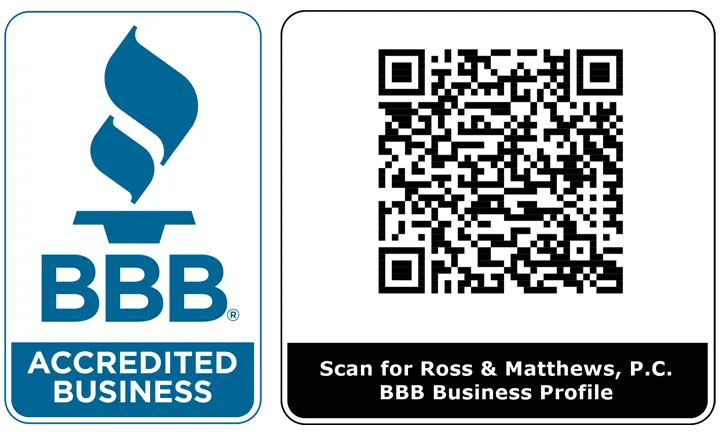This area of law includes the formation and operation of entities such as corporations and limited liability companies. How to structure the business is a question commonly asked when creating a new business.
This is not a separate entity, but is just you conducting your business as an individual. The business is usually done under another name, known as an “Assumed Name” or a “DBA”, which is obtained by filing an Assumed Name Certificate with the Texas Secretary of State. This is the least formal business structure, as there is no particular documentation nor formal filing need to commence a sole proprietorship, and no particular rules of operation. However, this structure provides no protection from personal liability, and you and your personal assets remain subject to the debts and liabilities of the business.
This structure is similar to a sole proprietorship, but involves more than one person. The partnership arises from an agreement of two or more people to create a business, and typically operates under an assumed name. While the agreement can be oral, it is recommended to have a written agreement among the partners to clearly define the such matters as the duties and responsibilities of the partners, decision making procedures, the sharing of profits and losses and other matters. This structure also provides no protection from personal liability. All partners are personally responsible for the debts and liabilities of the partnership.
An LLC is a separate entity from the individual owners that is created by filing a Certificate of Formation with the Secretary of State. The Certificate sets forth the name of the entity as well as basic information regarding the management structure and the principal individuals. The LLC has a Company Agreement, which is similar to a partnership agreement in that it sets forth the rules of operating the company and other agreements among the owners. An LLC has “members,” which are the owners, and “managers,” which are the persons who operate the company. The members and managers can be the same or different persons, and one person alone, or multiple persons can create an LLC. The LLC may be “member managed” meaning that it is operated by its owners much like a partnership, or it may be “manager managed” meaning that it may be operated by persons other than all of the owners. A properly operated LLC provides protection from personal liability to the owners to the maximum permitted by law; however, the separate nature of the LLC must be maintained, i.e. the LLC enters into its own contracts, has its own bank accounts, owns its own assets, incurs and pays its own debts, etc. An LLC may be taxed on a corporate or individual level.
A corporation is similar to an LLC in that it is created by filing a Certificate of Formation with the Secretary of State. The owners of the corporation are called “shareholders,” the persons who make major decisions such as borrowing money are called “Directors,” and the persons who carry out the day to day operations are the “Officers” consisting of a President, Secretary, Treasurer and others. One person may form a corporation and undertake all of the responsibilities, or there may be multiple persons. A corporation has bylaws, which is the operating agreement for the entity, similar to the Company Agreement and Partnership Agreement mentioned above. Similar to an LLC, the corporation offers protection from personal liability to the owners and requires maintenance of a separate existence from the owners. The primary difference between a corporation and an LLC is the record keeping requirements. The corporation requires written minutes and more stringent record keeping than an LLC, thereby making the LLC the more preferred entity for ease of operation. A corporation may be taxed on a corporate or individual level.
This entity consists of a General Partner and one or more Limited Partners. The general partner operates the business and makes all of the decisions. The limited partners are typically no more than investors, and have a very limited role in the business. The Limited Partnership is created by filing a Certificate of Formation with the Secretary of State, and there is a written partnership agreement. The general partner has personal liability for the debts and liabilities of the entity. Therefore, the general partner is typically a corporation or LLC. The limited partners have no personal liability unless they exceed their limited role by participating in management duties.
The Texas Secretary of State offers substantial self-help information, including free forms for various types of business entities and related matters.
For-Profit Corporations
Limited Liability Companies
Limited Partnerships
Change of Registered Agent or Officer
Corporate Assumed Name
Follow Us
The information you obtain on this website is not, nor is it intended to be, legal advice. Consult an attorney for advice regarding your individual situation. We invite you to contact us and welcome your calls, letters and email. Contacting us does not create an attorney-client relationship. Please do not send any confidential information to us until such time as an attorney-client relationship has been established.
